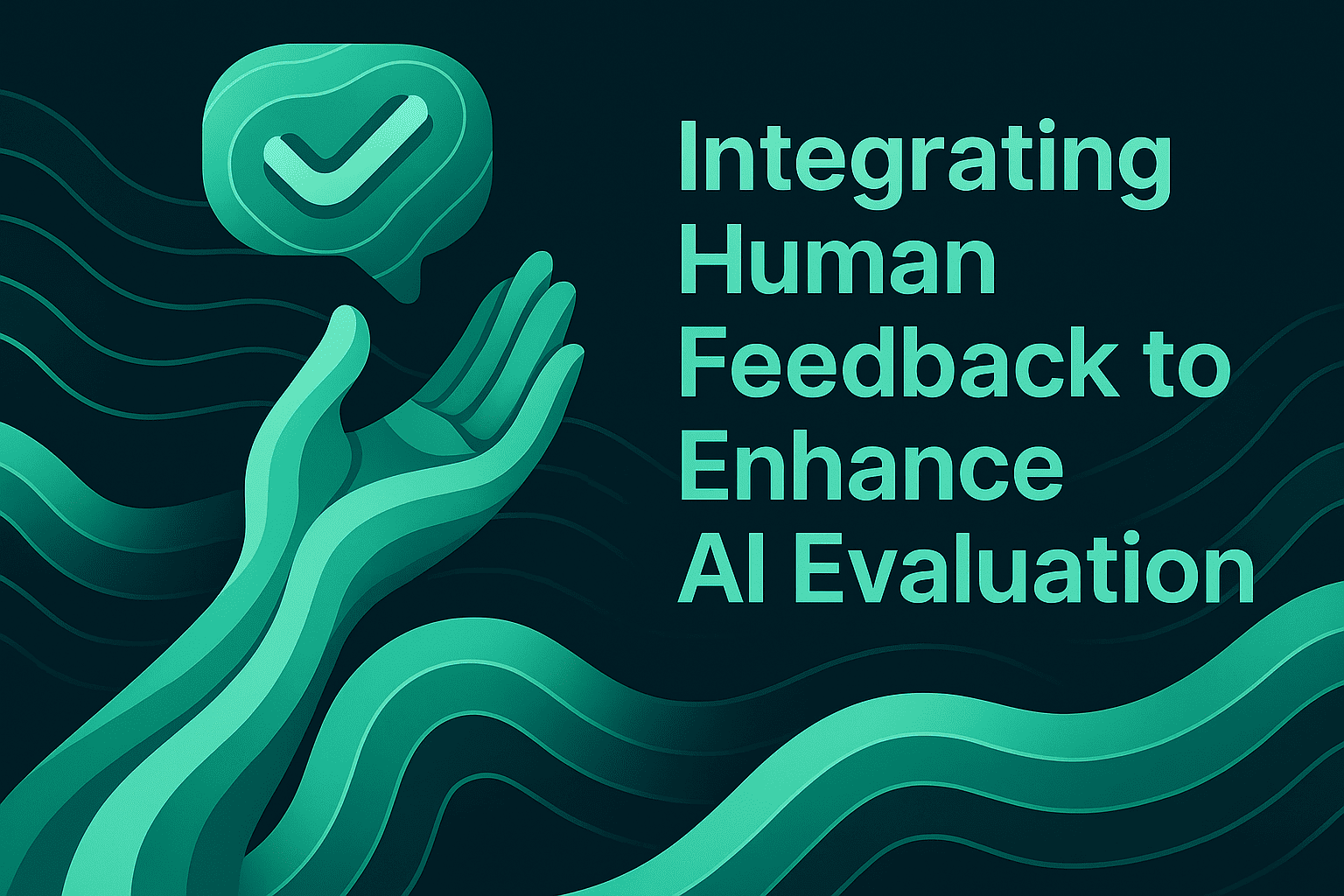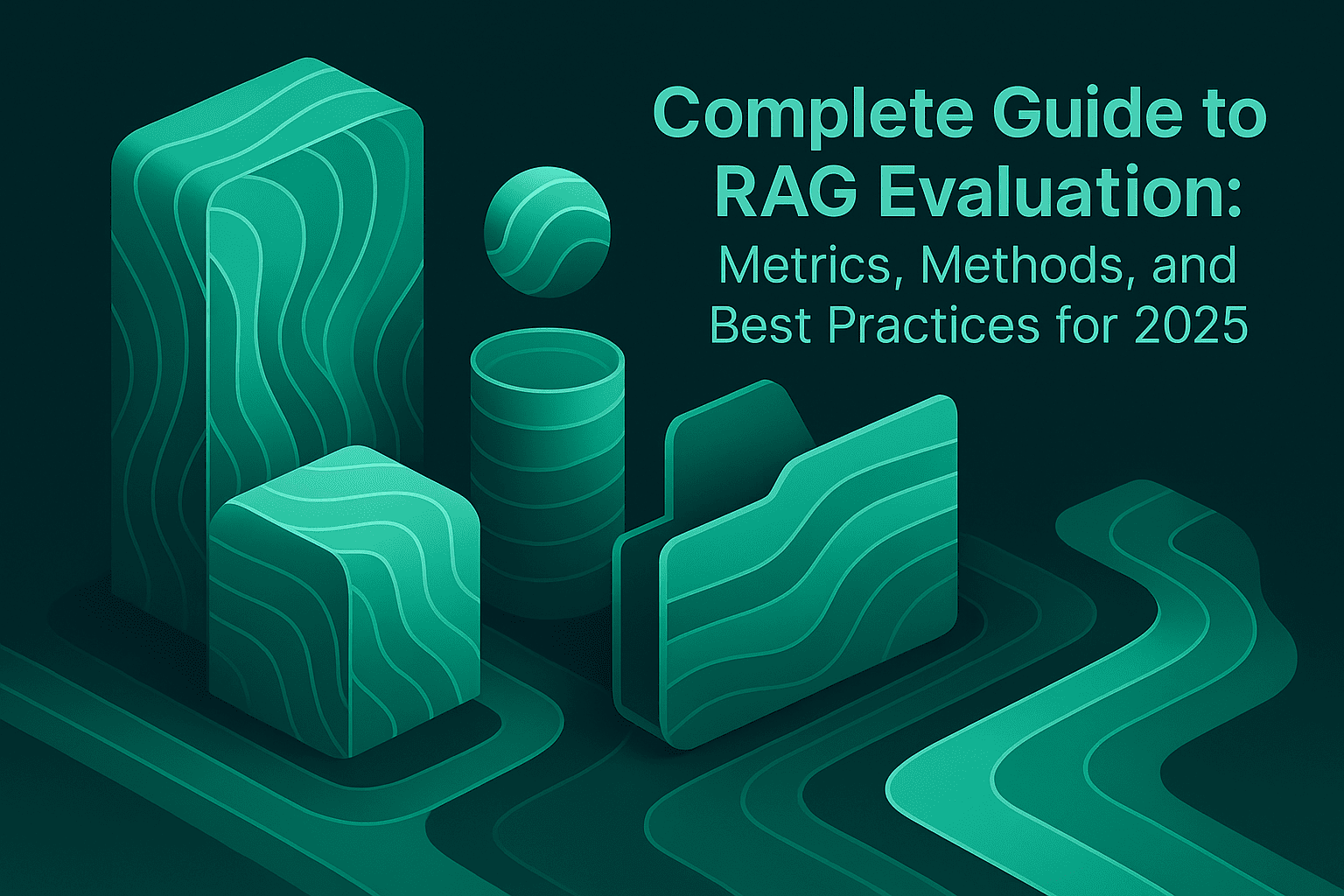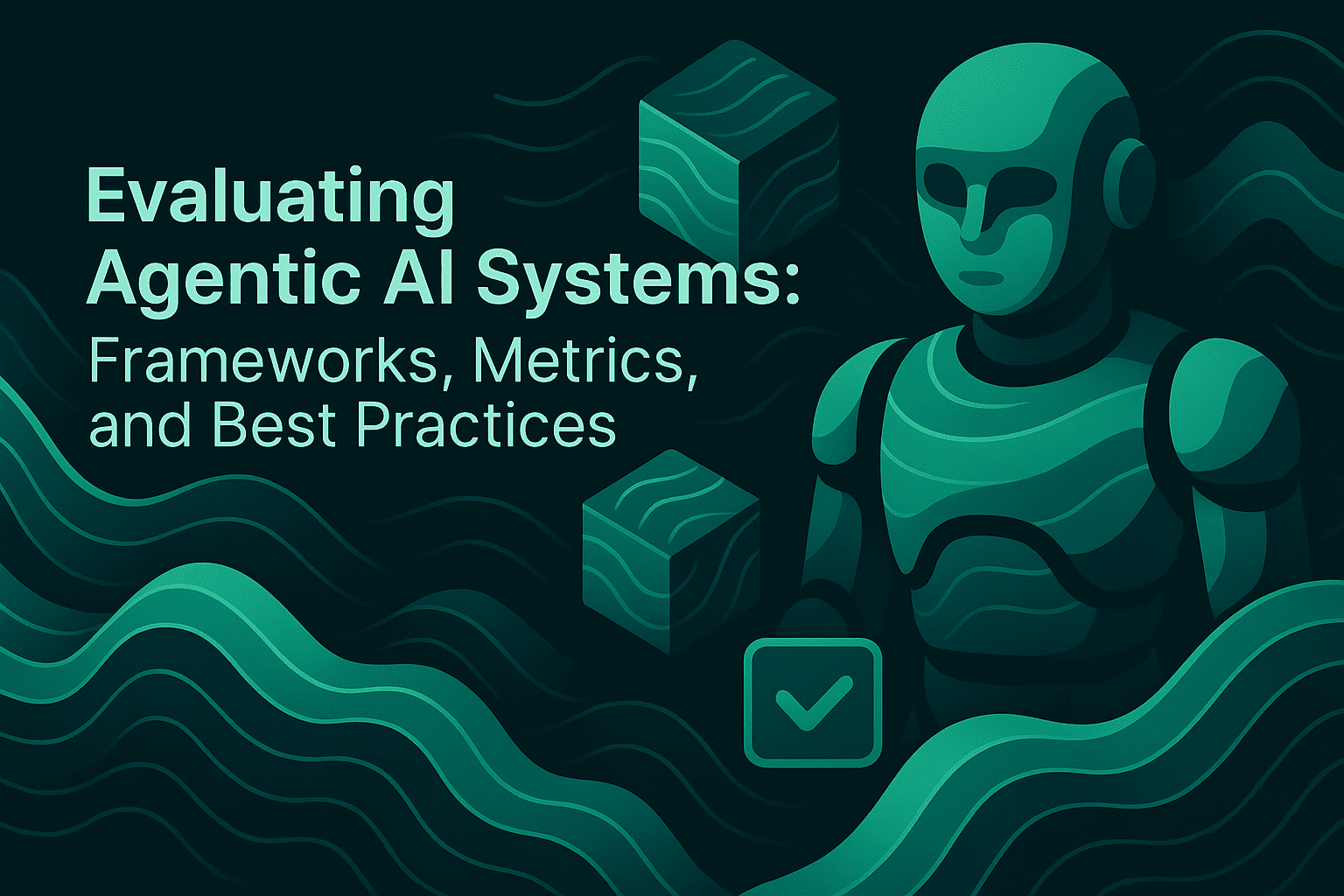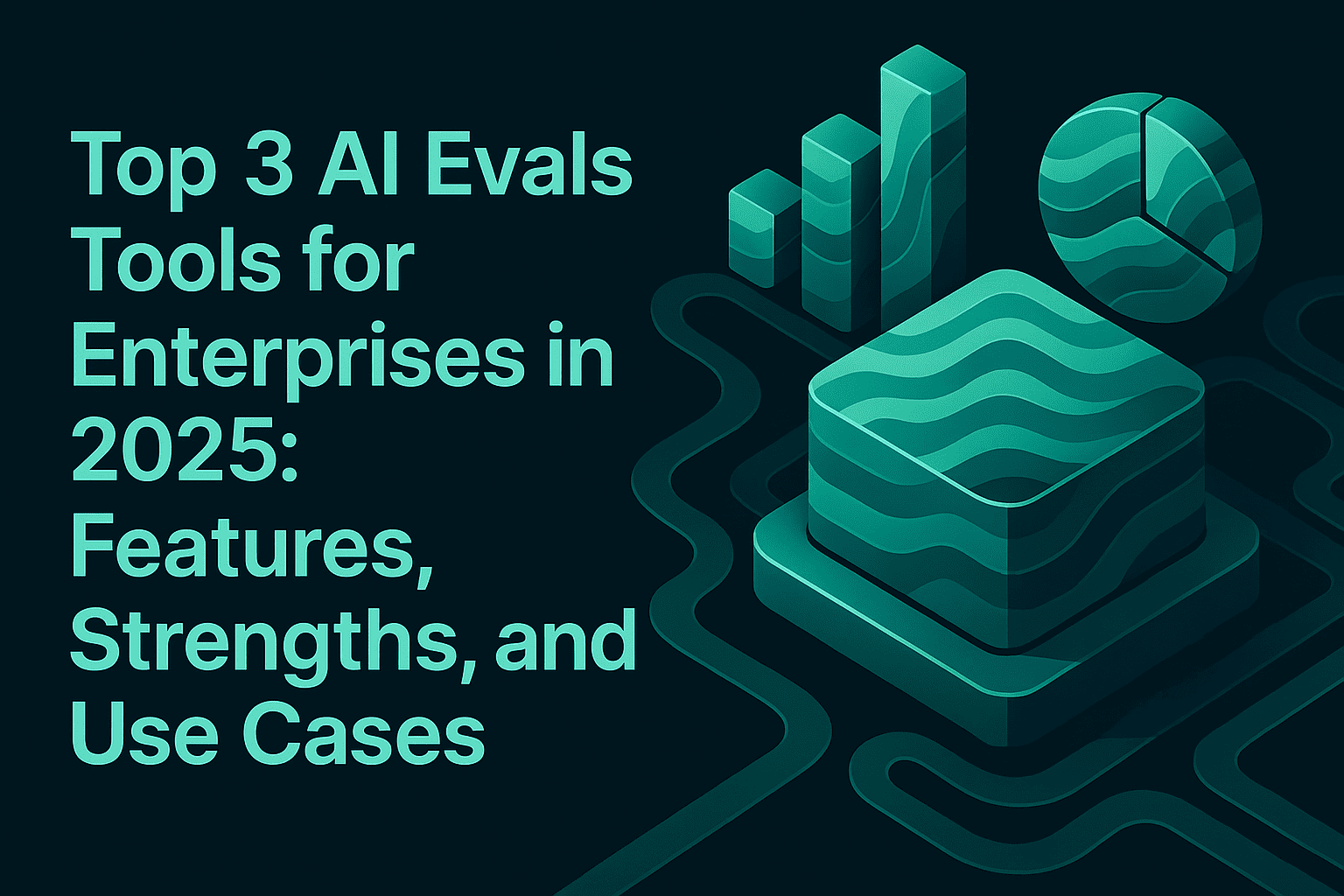Integrating Human Feedback to Enhance AI Evaluation

Human feedback has become essential for building production-ready AI systems. While automated evals provide speed and consistency, they cannot capture the nuanced quality requirements that define real-world AI performance. OpenAI's research on InstructGPT demonstrated that a 1.3B parameter model trained with human feedback outperformed a 175B parameter model without it, delivering superior results with 100x fewer parameters. This finding underscores a critical insight: the quality of feedback matters more than computational scale alone.
Organizations implementing comprehensive human-in-the-loop (HITL) systems report 30-35% productivity gains while maintaining accuracy standards that purely automated evaluation cannot achieve. As AI agents move from experimental settings into production environments handling customer interactions, medical decisions, and financial transactions, the evaluation infrastructure must balance automated efficiency with human insight. This balance has evolved from optional to fundamental for responsible AI deployment.
Why Automated Metrics Fall Short for Production AI
Traditional automated metrics like BLEU and ROUGE measure surface-level text similarity but miss critical quality dimensions. These metrics cannot assess whether an AI assistant's tone aligns with brand voice, whether a response demonstrates genuine helpfulness, or whether subtle cultural nuances make content appropriate for specific audiences. These subjective but business-critical factors require human judgment.
The limitations become particularly stark in high-stakes domains. A Nature Digital Medicine study tracking 11 clinical experts revealed Fleiss' κ scores of just 0.383 for internal validation and 0.255 for external validation, indicating only fair to minimal agreement even among domain experts. While this highlights the inherent challenges of annotation work, it also underscores why human oversight remains essential: automated systems cannot navigate the contextual complexity that even expert humans find difficult.
Research from Google on responsible AI emphasizes another critical factor: "Safety evaluations rely on human judgment, which is shaped by community and culture and is not easily automated." Their work on demographic influences revealed that safety perceptions vary significantly across rater backgrounds, differences that algorithmic evaluation cannot capture but that profoundly impact user experience.
Domain expertise adds another layer that automated evaluation cannot replicate. Healthcare diagnostics require clinical judgment to assess risk. Legal document analysis needs understanding of precedent and regulatory compliance. Content moderation must identify subtle harmful content that pattern-matching algorithms miss. IBM's research on HITL AI systems identifies these scenarios as requiring human oversight specifically because the consequences of errors (safety implications, financial impact, ethical considerations) demand accountability that only human decision-makers can provide.
How Human Annotation Works in Modern AI Platforms
Effective human feedback integration requires structured workflows that make annotation scalable and consistent. Maxim AI's human annotation system demonstrates how production-grade platforms implement this capability: teams can create custom human evaluators with flexible rating formats including binary yes/no decisions, scale ratings from 1-5, or numeric scores. Evaluators can attach detailed review guidelines with Markdown formatting support, ensuring annotators have clear instructions. These human evaluators deploy alongside automated metrics in unified evaluation runs, providing a complete quality picture.
The workflow operates in distinct phases. During setup, teams define evaluation criteria, what aspects to assess, how to assign ratings, and examples of acceptable versus unacceptable outputs. Stanford's research on machine learning from human preferences emphasizes this foundational step: clear criteria established before testing prevent inconsistent feedback that degrades model training.
For production monitoring, queue systems automatically flag outputs requiring review based on configurable rules: low confidence scores, negative user feedback, specific error conditions, or random sampling for quality assurance. This targeted approach addresses the core scalability challenge. Rather than reviewing every output (infeasible for systems processing thousands of requests daily) smart sampling directs human attention to cases where judgment provides the most value. A leading BPO implementing this approach achieved a 96% reduction in hallucination-related complaints and 42% improvement in overall operational efficiency.
Multi-rater configurations add reliability to the process. Best practices recommend 3-5 annotators per item for redundancy, with consensus mechanisms resolving disagreements through majority vote or weighted scoring based on annotator performance history. The Nature clinical study demonstrated that models built from high-performing annotators significantly outperformed standard majority vote approaches, validating the importance of evaluating annotator quality itself.
Reinforcement Learning from Human Feedback (RLHF), the methodology behind systems like ChatGPT, typically requires approximately 50,000 labeled preference samples for effective reward model training. Rather than scalar scoring, which can introduce noise, RLHF uses comparative rankings where humans evaluate pairs of outputs. This comparative approach generates more reliable training signals because humans find it easier to judge "which response is better" than to assign absolute quality scores consistently.
Best Practices for Implementing Human Feedback at Scale
Quality control mechanisms determine whether human feedback improves or harms AI systems. Research on annotation quality identifies annotator fatigue as a significant factor degrading quality over time. Mitigation strategies include task rotation across different review types, reasonable workload limits per session, and AI pre-filtering to reduce the volume requiring human attention while maintaining coverage of edge cases.
Bias in human feedback presents another operational challenge. Academic research on HITL systems documents how evaluator backgrounds influence judgments, potentially introducing skewed learning into AI systems. Mitigation approaches include recruiting diverse evaluator pools representing varied perspectives, implementing blind evaluation that removes identifying information from outputs, and developing detailed rubrics that standardize scoring criteria across annotators.
Training evaluators comprehensively improves consistency and quality. CMU's technical tutorial on RLHF emphasizes ongoing education about recognizing personal biases and adhering rigorously to evaluation frameworks. Regular calibration sessions using gold standard datasets (validated reference examples with known correct answers) help maintain annotator alignment as projects evolve and requirements change.
Cost management remains a practical concern for teams implementing human feedback at scale. Analysis of annotation economics reveals that specialized annotations requiring domain expertise can take weeks or months to complete, with persistent margin pressure from high labor costs. Strategic approaches include prioritizing human effort on highest-value decisions where automated evaluation fails, using confidence thresholds to reduce unnecessary review by sampling only 1-5% of production traffic, and leveraging managed annotation services for appropriate tasks. AWS demonstrated in their work with Amazon Engineering an 80% reduction in subject matter expert workload by combining RLHF with Reinforcement Learning from AI Feedback (RLAIF), where AI generates initial evaluations that humans verify rather than creating annotations from scratch.
Hybrid Evaluation: Combining Human Insight with Automated Scale
The most effective evaluation frameworks combine automated efficiency with human judgment quality. Three hybrid evaluation models have emerged as industry standards. Sequential evaluation runs automated benchmarks first, escalating specific issues to human analysis based on predefined criteria. Concurrent evaluation performs automated and human assessment simultaneously, with algorithms flagging outputs for human review based on uncertainty thresholds or disagreement between automated evaluators. Iterative evaluation alternates between automated and human assessment throughout the development lifecycle, creating continuous improvement loops where human feedback refines automated evaluators.
The telecommunications industry case study illustrates hybrid evaluation impact: first contact resolution improved from 72% to 95%, average handling time decreased 23%, and customer satisfaction scores increased 18 points. This performance gain resulted not from automation replacing humans or humans correcting AI failures, but from strategic division of responsibilities where each approach handles what it does best.
Maxim AI's approach to incorporating human-in-the-loop feedback demonstrates this integration across the complete AI lifecycle. During the experimentation phase, teams attach human evaluators alongside AI-based judges, statistical metrics, and programmatic checks within Maxim's Playground++. Human annotations on test runs validate that prompts, model selections, and configurations meet quality standards before deployment.
In production, Maxim's observability platform enables auto-evaluation filters that route edge cases to annotation queues while automated monitoring handles routine assessment. This tiered system provides human oversight where it matters most while maintaining the evaluation speed required for continuous deployment. Teams can track production quality issues in real-time and use human feedback to create datasets for fine-tuning or regression testing.
The platform enables seamless dataset curation from human feedback through its Data Engine, closing the improvement loop. Annotated production logs become training data for fine-tuning models or evaluation datasets for testing new versions. This transforms human evaluation from a one-time quality check into an ongoing source of system intelligence. VentureBeat's analysis of LLM feedback loops emphasizes categorizing feedback by type (accuracy, tone, completeness, intent alignment) and tagging with metadata like user role and confidence level. This structured approach enables root cause analysis that drives systematic improvements rather than one-off fixes.
Building Production-Ready AI with Structured Feedback
Organizations shipping reliable AI agents recognize that evaluation infrastructure determines deployment velocity and system quality. The evidence demonstrates that human feedback, implemented through structured workflows and hybrid evaluation systems, substantially improves AI performance while enabling teams to ship with confidence. The 1.3B parameter model outperforming the 175B model wasn't accidental, it resulted from systematic incorporation of human preferences throughout the development process.
McKinsey research confirms that executives from companies successful with AI automation are twice as likely to report using human-in-the-loop designs compared to those struggling with implementation. As AI capabilities advance toward handling increasingly complex and consequential tasks, the quality bar rises correspondingly. Human judgment provides the calibration ensuring AI systems align with real-world requirements and user expectations, not just benchmark scores.
The path forward combines automation for scale with human expertise for nuanced quality assessment. Teams implementing comprehensive evaluation frameworks, integrating human annotation, automated metrics, and continuous monitoring, ship AI agents faster and more reliably than those relying on automated evaluation alone. This approach represents not humans versus machines, but humans and machines each contributing their strengths toward AI systems that deliver consistent value in production environments.
Ready to implement human feedback in your AI evaluation workflow? Schedule a demo to see how Maxim AI's end-to-end platform enables reliable AI deployment through comprehensive evaluation, simulation, and observability, or start your free trial to experience human-in-the-loop evaluation alongside automated metrics today.


